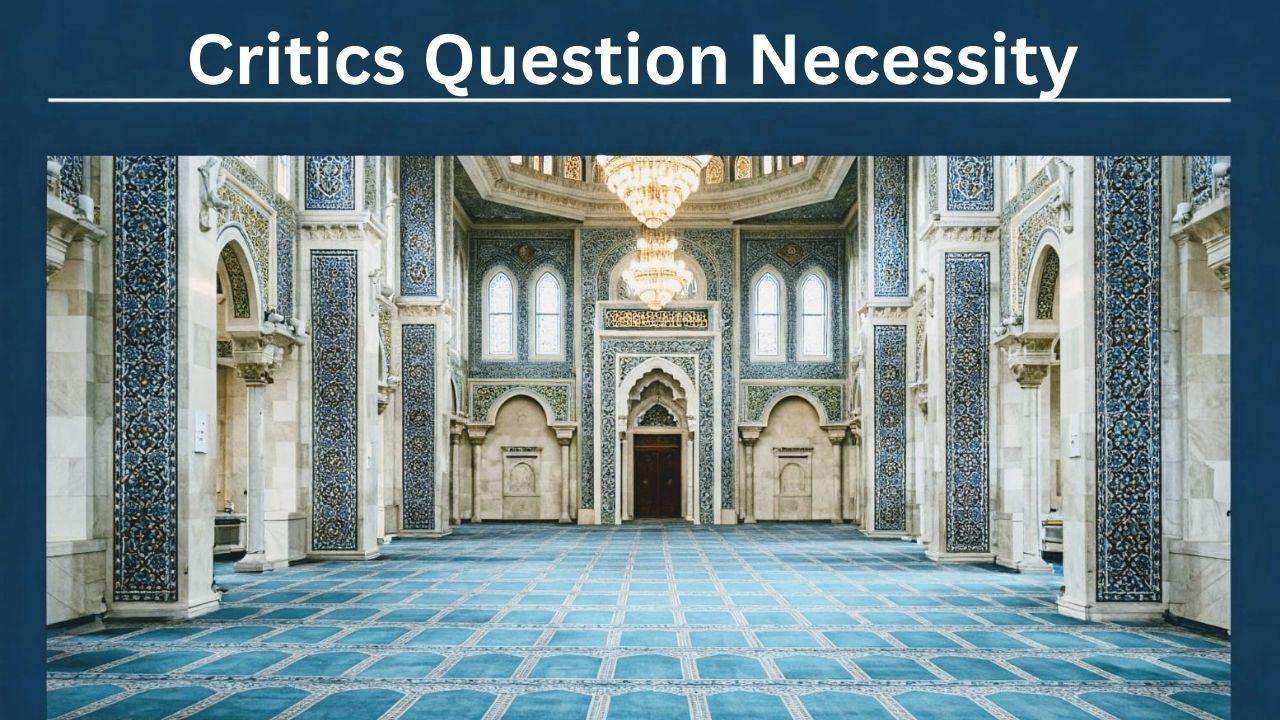In Gaza, healthcare has become one of the many victims of the 18-month-long war between Israel and Hamas. With hospitals barely functioning and doctors working with minimal supplies, the BBC spent a day with Dr. Wissam Sukkar, a general practitioner with Médecins Sans Frontières (MSF), to witness firsthand the challenges of practicing medicine in a war zone.
At 7:30 in the morning, Dr. Sukkar, wearing a soft pink headscarf, carefully navigates the destroyed streets of Gaza City on foot. With fuel nearly gone and public transport nonexistent, walking is her only option.
“I walk about 50 minutes to get to the clinic,” she tells a local BBC journalist assisting in documenting her day. Despite the chaos, she remains committed: “Even with limited resources, we’re determined to stay and serve people in northern Gaza during these extremely difficult times.”
The World Health Organization (WHO) reports that just 21 out of 36 hospitals in Gaza are currently partially operational. Due to the ongoing blockade by Israel, medical supplies have become dangerously scarce.
Passing by the ruins of what was once an MSF burns clinic, Dr. Sukkar points out her former workplace. The facility was hit during clashes between Israeli forces and Hamas in the early days of the war.
Her current clinic is a makeshift facility inside a converted office on the west side of Gaza City. By 9:30 a.m., as she slips into her white medical coat, around 150 people are already waiting outside in a makeshift reception tent.
“Most of our patients have been displaced,” she explains. “They’re living in overcrowded shelters or even in tents on the streets.”
The collapse of a short-lived ceasefire a month ago has caused another wave of displacement, pushing more civilians into this already struggling neighborhood.
The worsening conditions — lack of clean water, food shortages, and poor sanitation — have triggered a rise in diseases. Children and the elderly are particularly at risk. The first patients of the day are infants suffering from viral infections.
“We’re seeing lots of cases of respiratory illnesses and diarrhea,” Dr. Sukkar says. “Viruses spread quickly in crowded conditions like shelters.”
One young child arrives with his face covered in mosquito bites. Dr. Sukkar applies a soothing cream. With cooking gas no longer available, many families now use open flames, increasing the number of serious burn injuries.
Within the first hour, Dr. Sukkar and three other doctors have treated dozens of patients. But the sheer volume of need and the shortage of supplies makes it hard to help everyone.
“We’re facing increasing challenges: more patients, fewer resources,” she says. “And we’re receiving complex cases that we can’t refer anywhere because the health system here has completely collapsed.”
The situation has worsened since Israeli airstrikes damaged al-Ahli Arab hospital in Gaza City — a critical trauma facility. Israel accused Hamas of operating from within the hospital, a claim Hamas denies. The WHO confirms the emergency room, lab, X-ray equipment, and pharmacy at al-Ahli have been destroyed.
Saeed Barkat, an elderly man with a fractured thigh, arrives at the MSF clinic on crutches. “I started my treatment at al-Shifa hospital, then I was transferred to al-Ahli. But then it was bombed,” he says.
He was wounded by artillery fire late last year while sheltering with others. Surgeons inserted pins into his leg, which remains swollen. At the clinic, nurses clean his wound and provide new pain medication.
By midday, Dr. Sukkar inspects the clinic’s small pharmacy, her expression tense. Many shelves are already empty.
Since March, Israel has closed all border crossings into Gaza, halting the delivery of aid and medical supplies in an attempt to pressure Hamas to release remaining hostages. The result has been devastating for Gaza’s already crippled healthcare system.
“We don’t have insulin for diabetics, no epilepsy medication, not even basic medicines like fever reducers,” Dr. Sukkar says. “This is the season for skin conditions, and we have no creams or ointments for bacterial infections, scabies, or lice.”
Doctors are now forced to ration what little they have. “We’re trying to make the current stock last at least another week,” she adds, “but realistically, we’ll run out within two weeks.”
Back in her consultation room, the steady stream of patients continues — mostly sick children suffering from coughs, fevers, and stomach illnesses. By 3:30 p.m., the clinic finally closes its doors. The four doctors estimate they’ve seen nearly 390 patients in just one day.
As she prepares for the long walk home, Dr. Sukkar calls her family. Like many Gazans, they’ve been displaced multiple times — nine in total over the past 18 months.
“I face the same struggles as everyone else here — finding clean water, feeding my children,” she says. “We have no electricity, and it’s even difficult to charge my phone.”
But the hardest part, she says, is the emotional toll. “What’s most difficult is trying to hold onto any hope,” she says quietly. “It feels like a never-ending nightmare. When will it stop?”
For now, there is no clear answer — and no relief in sight.
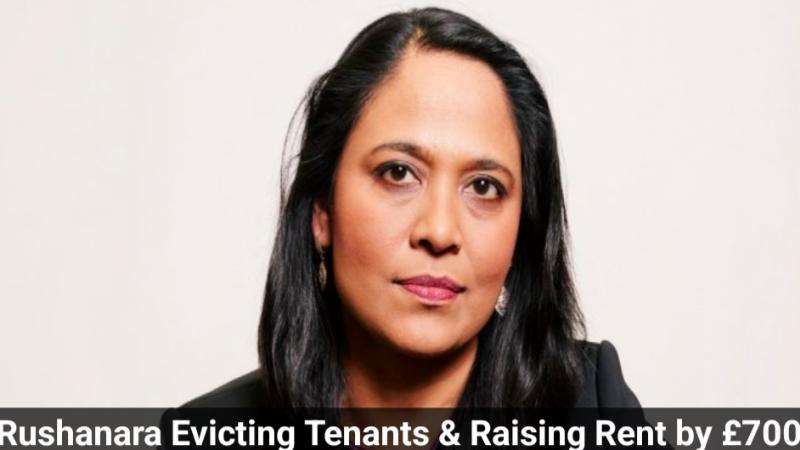
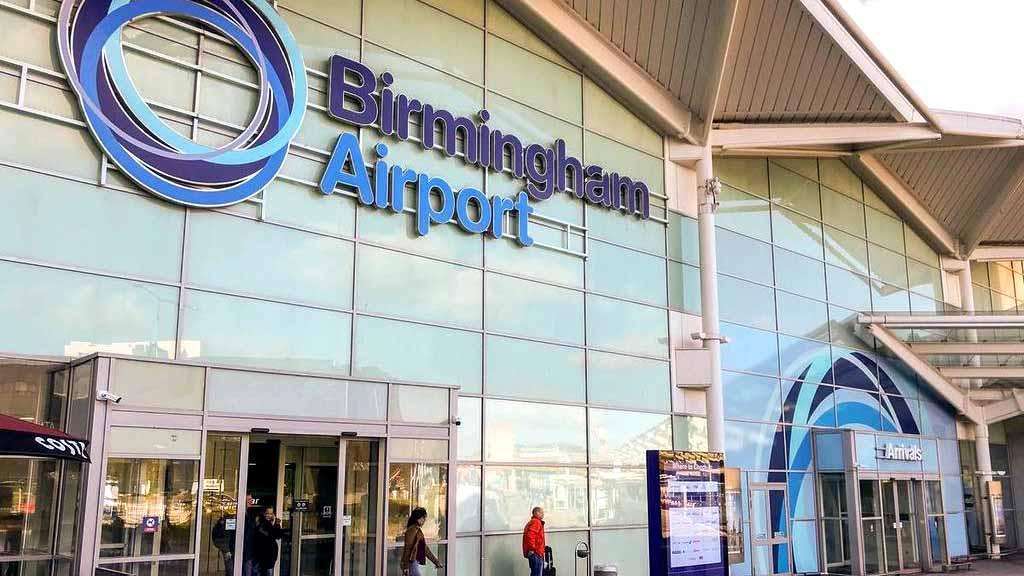
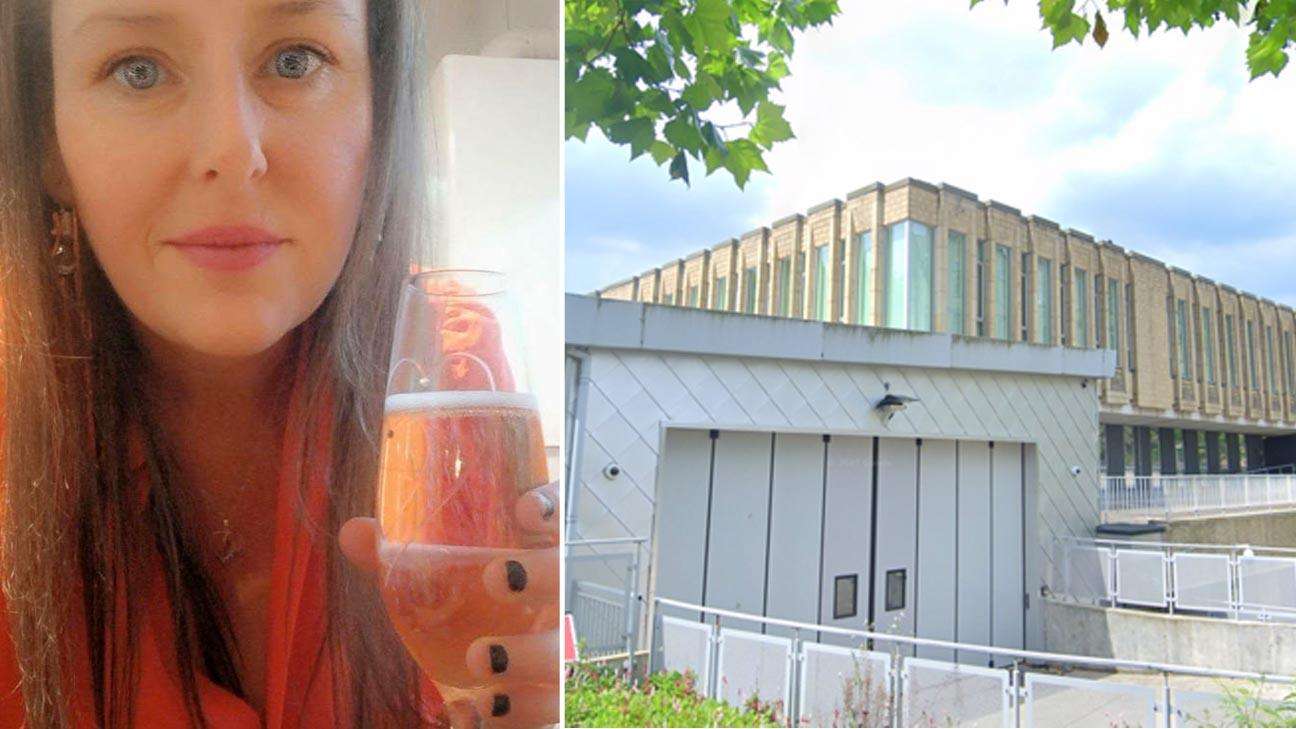

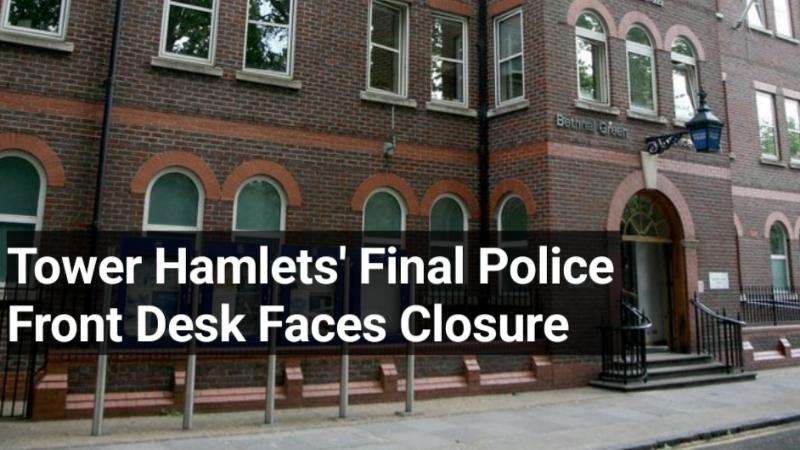



.svg)

